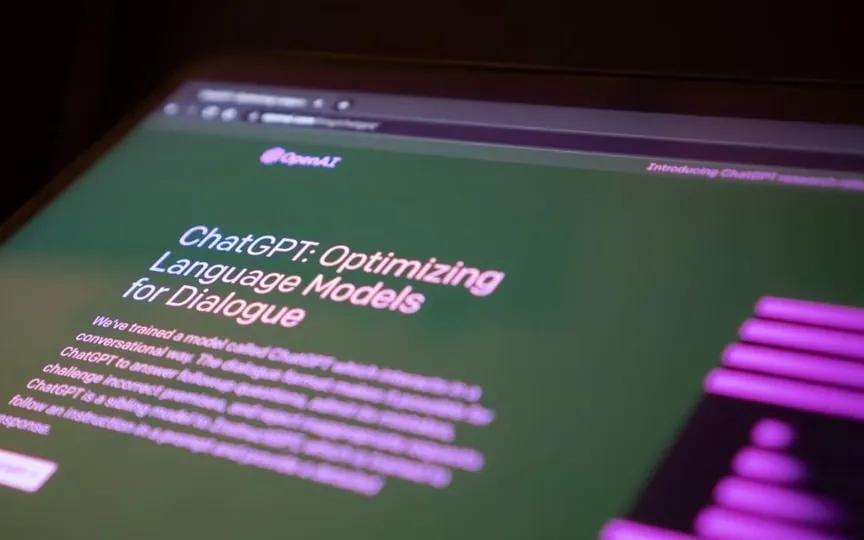Meta’s latest move in the AI competition is Llama 3.1
Meta revealed on Tuesday the launch of Llama 3.1, the newest iteration of its advanced language model that is said to be on par with competitors from OpenAI and Anthropic. This update follows the introduction of Llama 3 just three months ago, which was integrated into Meta AI, a chatbot present on Facebook, Messenger, Instagram, and WhatsApp, as well as powering Meta’s smart glasses. Meanwhile, OpenAI and Anthropic have also unveiled updates to their AI models, indicating that the competition in Silicon Valley’s AI sector remains fierce.
Meta said the new model, called Llama 3.1 405B, is the first openly available model that can compete with available competitors in general knowledge, math and translation into multiple languages. The model is trained on more than 16,000 NVIDIA H100 GPUs, the fastest chips available today, which cost around $25,000 each, and can beat competitors in more than 150 benchmarks, Meta claimed.
“405B” stands for 405 billion parameters, which are internal variables that the AI model uses to reason and make decisions. The more parameters an AI model has, the smarter we consider it. For comparison, OpenAI’s GPT-4 model is said to have around 1.5 trillion parameters, although the company has not disclosed the number so far. In addition, Meta also released updated versions of the existing Llama models, containing 70 billion and 8 billion parameters each, claiming that the newer versions had stronger inference capabilities, among other things.
Developers can download Llama 3.1 from its official website, while regular users can play with it via Meta AI on WhatsApp or meta.ai, the company’s chatbot website. “Llama 405B’s enhanced inference capabilities enable Meta AI to understand and answer your more complex questions, especially about math and coding,” Meta’s blog post states. “You get help with your math homework with step-by-step explanations and feedback, you can write code faster with debugging support and optimization.” (Editor’s note: ReturnByte will take on Llama 3.1 with the New York Times Spelling Bee and report back to you). For now, Meta AI on Facebook, Messenger, and Instagram is still limited to a smaller version of Llama 3.1, which uses 70 billion parameters.
Unlike OpenAI, Google, Microsoft, and Anthropic, which keep their AI models private, Meta’s AI models are open source, meaning anyone can modify and use them for free and without sharing personal information with Meta. In a letter published on Tuesday, Meta CEO Mark Zuckerberg argued that an open-source approach to AI development would ensure wider access to the technology’s benefits, prevent the concentration of power among a few large companies, and enable a safer adoption of AI across society. With the open acquisition of the company’s largest language model to date, Meta aims to make Llama “the industry standard” for anyone to develop AI-powered apps and services, Zuckerberg wrote.
Open-sourcing AI models and adding them to existing products already used by billions of people could allow Meta to compete more effectively with OpenAI, whose ChatGPT and DALL-E chatbots ignited the AI explosion when they launched in 2022. And it could also add engagement — Meta announced today that users will soon be able to add AI-generated images directly to feeds, stories, comments and messages on Facebook, Messenger, WhatsApp and Instagram.
In his letter, Zuckerberg also criticized Apple and its closed ecosystem, claiming that the iPhone maker’s restrictive and arbitrary policies had limited what Meta could build on its platforms. “[It’s] clear that Meta and many other companies would be freed up to build much better services for people if we could build the best versions of our producers and the competition couldn’t limit what we could build,” he wrote.




